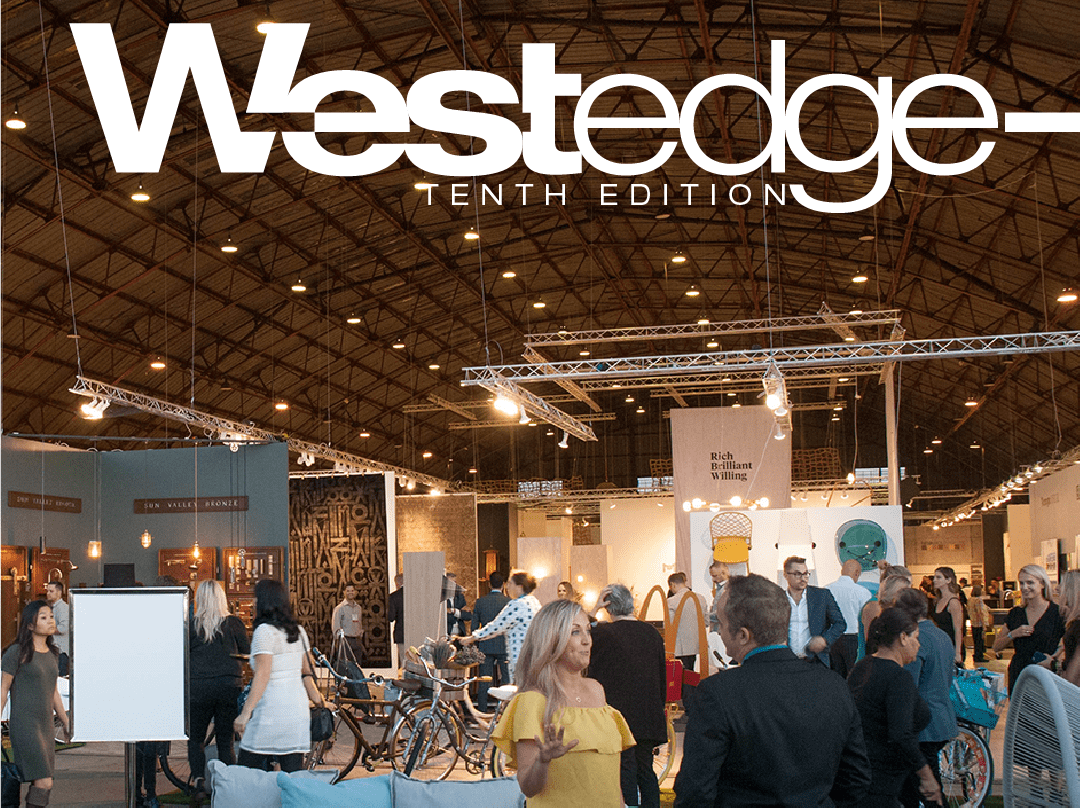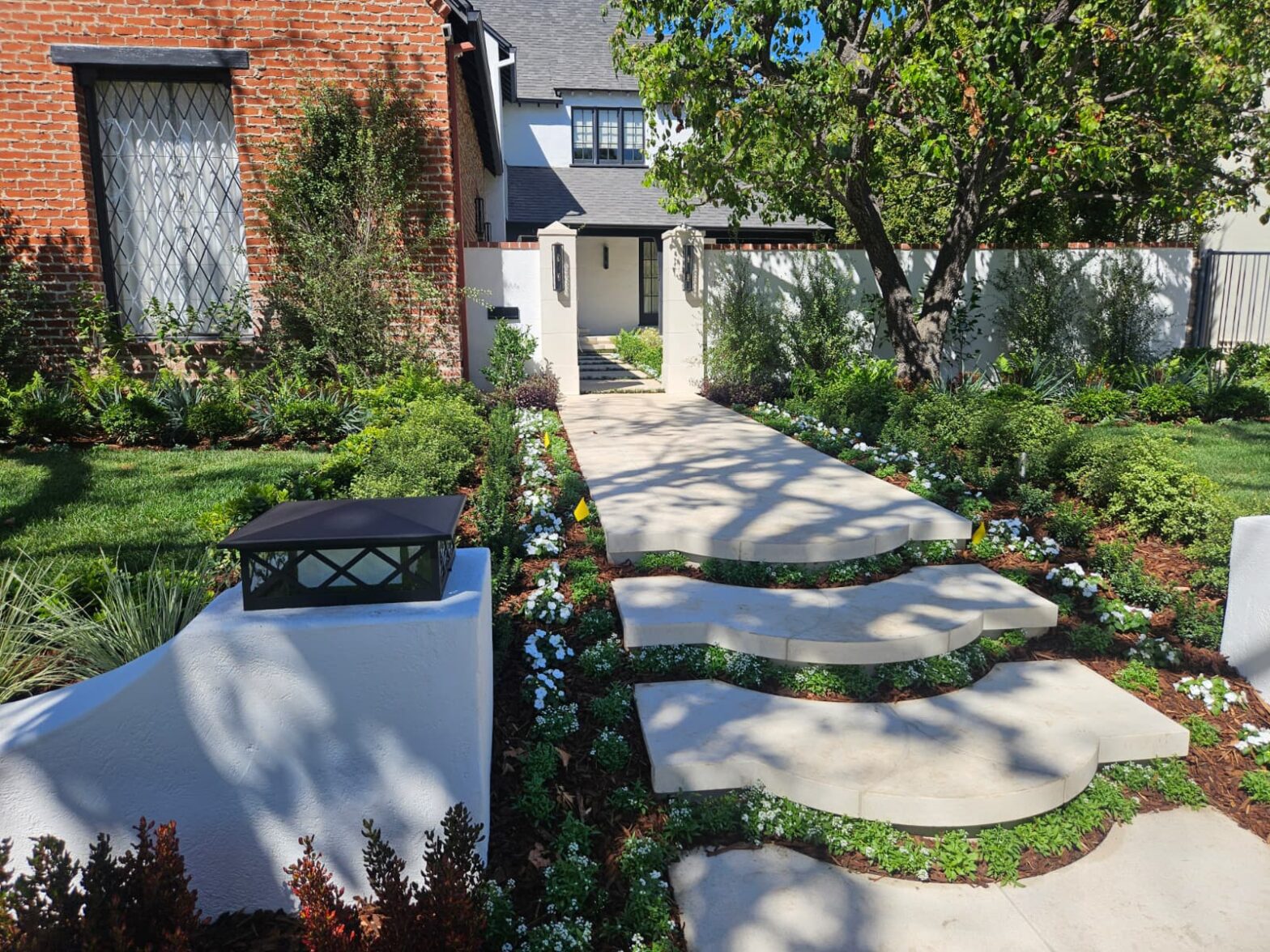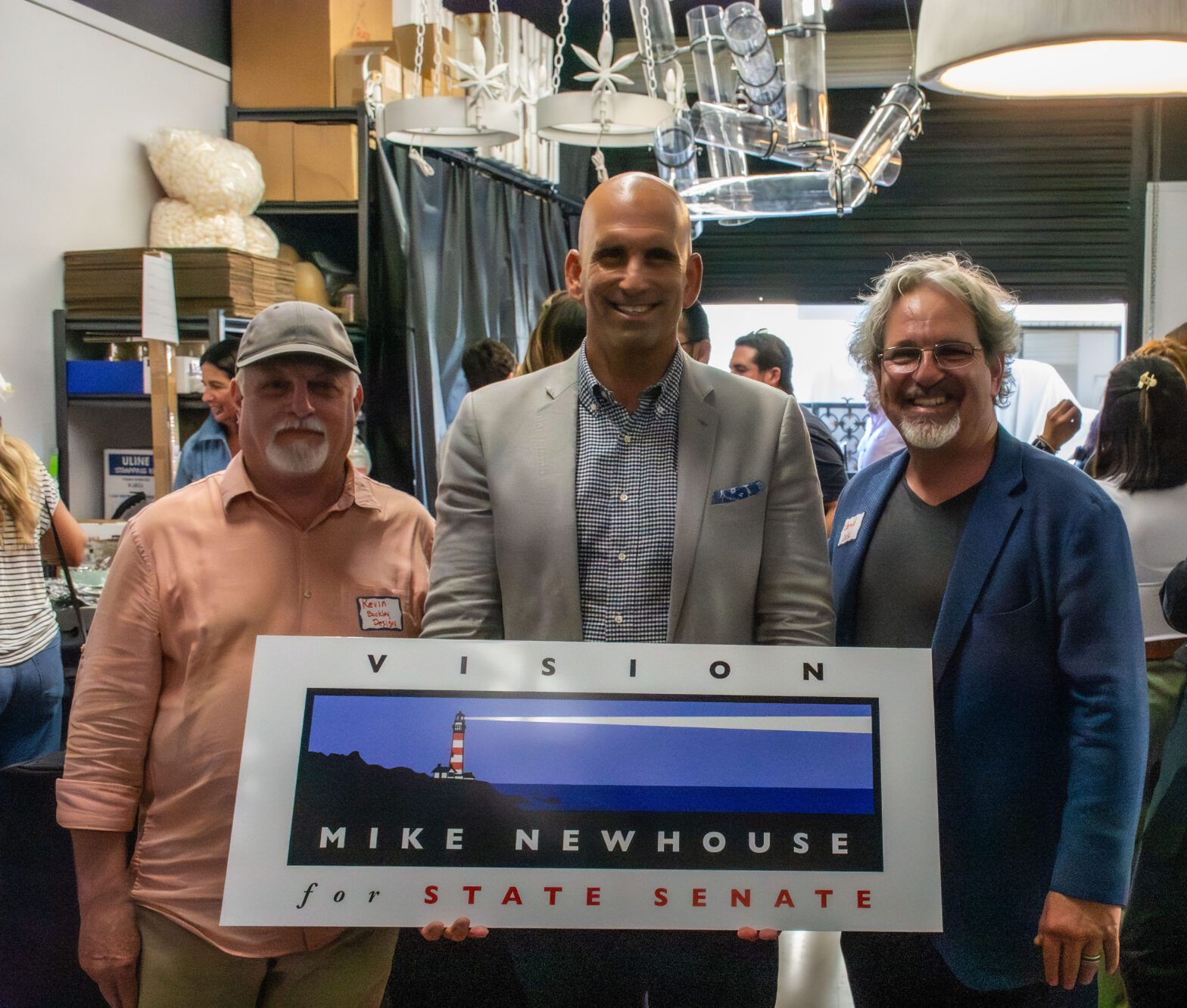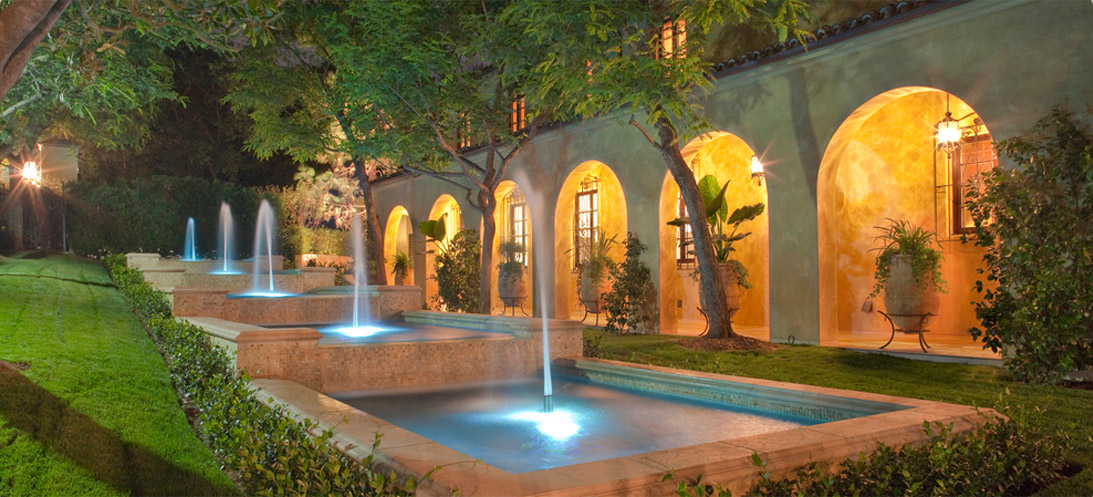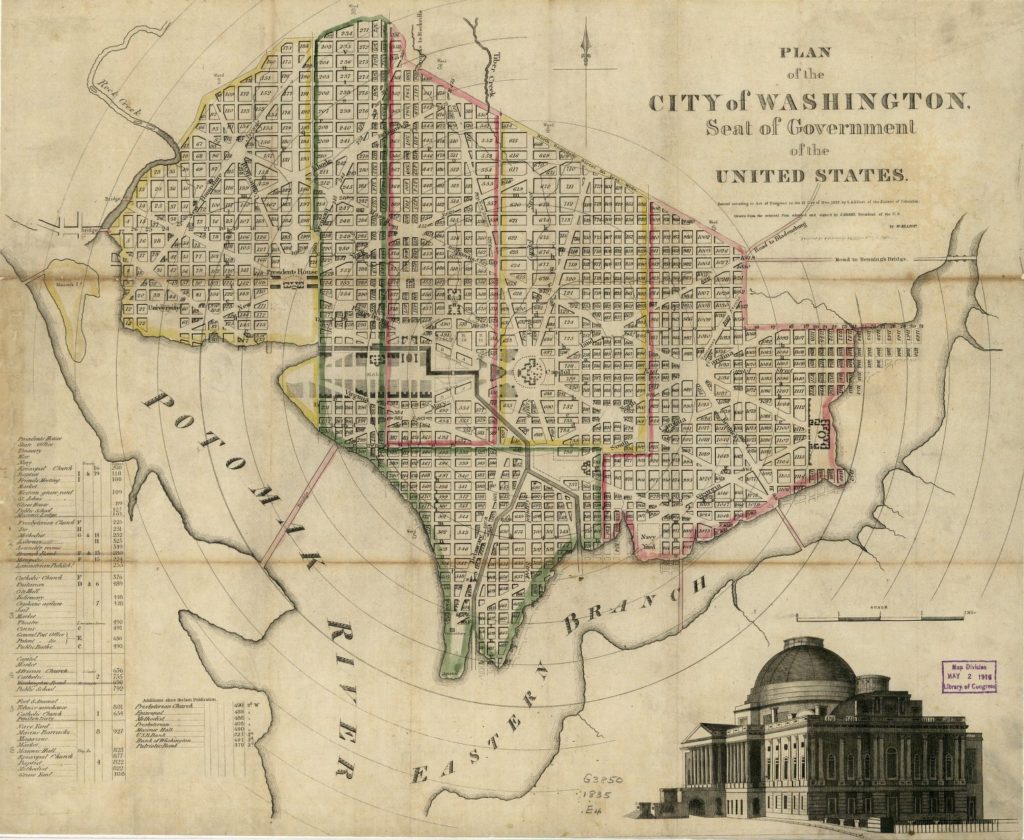
Washington DC was designed with one thing in mind … power! It may not have the cultural cachet of Los Angeles or New York, but it was a city envisioned by George Washington to be what Paris is to France … a center of culture, finance, trade and power. Washington DC was founded as the heart of the federal government on 100 acres of land set aside from existing land belonging to Maryland and Virginia. This patch of damp land was transformed into an iconic capital and the seat of power for a newly founded country.
With the signing of the Residence Act of 1790, George Washington set into motion the development by appointing commissioners and planners to begin this monumental process. Pierre (Peter) Charles L’Enfant became the man Washington entrusted to carry forth his vision of the new capital city.
“Washington commissions L’Enfant to design a city on an absolutely epic scale that could have easily fit a major portion of the population of London, the world’s most populous city at that time.”
~ Richard Longstreth, Architectural History Professor
Under the supervision of three commissioners, L’Enfant went to work. Washington and Jefferson had sent him a letter outlining the vision and to provide a drawing for the city plans, along with suitable sites for federal and public buildings. L’Enfant understood the vision, but in reality, had much more grandiose plans for Washington DC. On June 22, 1791, he presented his complex plan to George Washington. In August 1791, he sent the President an appended plan in a letter. Washington retained a copy of L’Enfant’s plan, presented it to Congress, then gave it to the three commissioners of the project.
In a swirl of controversy befitting Washington DC, Washington later dismissed L’Enfant from the project and engaged Andrew Ellicott to continue the project. Ellicott continued the city survey in accordance with the revised plan, several versions of which were engraved, published and distributed. As a result, Ellicott’s revisions subsequently became the basis for the capital city’s development. The city retained the vision of L’Enfant, which was a bold, modern city featuring grand boulevards and ceremonies, all inspired by his hometown of Paris, France.
From the ADG Jobsite
Featured Brentwood home, great design collaboration with Tiffany Grayce Harris! Photo by Ryan Garvin.
by Gerald Olesker, CEO, ADG Lighting

